|
Shalom y’all and welcome to this week’s edition of Better Know a Jewish Holiday. Today we’re talking Sukkot: The fightin’ Feast of Booths!! Sukkot (soo-KOTE) is a weeklong holiday that begins five days after Yom Kippur ends—so Sunday night! During this holiday Jews traditionally build little huts outside their homes and live in them for the duration of the week. The huts—which are called sukkot, singular is Sukkah (soo-KAH or SOO-kah)—are supposed to give the feeling of being in temporary shelters rather than our more sturdy homes. Living in the huts is meant to remind us of fragile structures our ancestors lived in when they were traveling in the desert for 40 years after leaving slavery in Egypt before arriving in Israel. There are a few basic rules for a sukkah: They must be at least three-sided: They have to be temporary (i.e. you can’t put a room onto your house and call it the sukkah room) And the roofs are made of branches called s’chach which are supposed to cover more than half the roof but leave enough space so that you can see the stars. I’m not giving you a pronouncer on s’chach because if you can't say it already, you'll probably just end up looking like this: As long as weather permits, we are supposed to do pretty much everything in the sukkah. Specifically, we’re supposed to eat all of our meals in the hut and try to sleep in it, as long as it’s not too uncomfortable. Some fun/alliterative/rhyming/clever Sukkah activities can include: Sushi in the sukkah, Pizza in the hut, You can also doCider in the Sukkah, or (as my friend Alex Zaremba pioneered) Sukkot with a Goat. And you know what that means… MORE GOAT GIFS: Sukkot is also one of three holidays (the others being Passover and Shavuot, which you may remember from previous episodes of Better Know a Jewish Holiday) when all of the Jews living in ancient Israel would make pilgrimages up to the Temple in Jerusalem. They would bring the first fruits of their harvest to give as a tithe/sacrifice for the holiday. The last interesting element of Sukkot that we will delve into with this email is the shaking of the lulav (LOO-lahv) and etrog (ET-roge), which are shown off by this cheery looking fellow. As you can see, this is a collection of plants that we hold together and then shake in all directions in the sukkah. The lulav is made up of a palm frond, a couple myrtle branches, and a couple willow branches. The Etrog is a tart lemon-like citron with a little pointy tip. People in Israel pay hundreds of dollars for perfect etrogs and they have them checked for blemishes by rabbis: Unlike a certain other Jewish custom, in this case it’s very important that the tip stay ON the etrog, or else it’s not kosher. There are many theories/reasons the rabbis give for the lulav and etrog, but the one I like the most is that we hold these four things together to represent the different kinds of people in our community. A palm front has taste but no smell, myrtle has smell but no taste, willow has neither and etrog has both. We are only strong as a community when appreciate people with all of their different talents, skills, abilities, shortcomings and differences. So on sukkot we go in the sukkah and we take the lulav and etrog and shake them all around. We shake it up, down, left right and all around to remind ourselves that G-d is everywhere. Sukkot is also known as Z’man Simchateinu, and the Rabbis say we’re supposed to be happy for the whole week! Final bonus Sukkot fun fact!! When christmas season is over in America, the christmas light producers unload a lot of their extra materials on the super religious parts of Jerusalem for people decorating their Sukkot. This includes large statues of Santa Claus, because when you give a bunch of Jews a large man with white facial hair, they think something else: So have a great and happy week everyone, whether you’re celebrating sukkot or not!
You can great your Jewish friends next week by saying: Good Yontif! (YON-tiff or YAHN-tiff, probably depending on which shtetl your great grandparents came from, kinda rhymes with Pontiff)
1 Comment
Shalom y’all and welcome to Better Know a Jewish Holiday: Yom Kippur! The Fightin’ Day of Atonement! As the second of the “High Holidays,” Yom Kippur is considered a pretty big deal in the Jewish community. For many Jews, it’s one of the few holidays they celebrate and synagogue/temple attendance skyrockets The holiday begins Tuesday evening this year with Kol Nidre (Kohl Need-ray). Yom Kippur kicks off with an evening service, whose name is taken from the major prayer we say and literally means “all my vows.” Kol Nidre is a renunciation of all vows and oaths taken in the prior year. It was developed at a time when people took vows much more seriously and yet would often make vows/oaths they simply could not keep. It gave everyone a blank slate heading into the new year. The prayer took on new meaning and importance during the Spanish Inquisition and other times when Jews were persecuted and forcibly converted. Many Jews saw Kol Nidre as an opportunity to call take-backsies on those conversions. Now, on to the day itself: Most people associate Yom Kippur with atonement, or seeking pardon for our sins. For the 10 days leading up to Yom Kippur Jews will be apologizing to people for everything they’ve done wrong over the past year. In Jewish tradition, before God can forgive you for any sins, the person who you wronged has to accept your apology. I’d like to go ahead and get this out of the way. I know I probably slighted many of you at some point this year soooo: In ancient times, atoning for our sins was done communally and the entire Israelite people would gather in Jerusalem to ask God for forgiveness. The high priest would take two goats and would cast lots (draw straws) to determine which would be the community’s literal “scapegoat.” On Yom Kippur, the High Priest would place his hands on one of the goats and figuratively (or literally, depending on how seriously you take this) would transfer the sins of the entire Jewish people onto the goat. The goat would the be led off into the wilderness in order to rid the community of the sins. We don’t use goats any more, but the idea of passing our sins onto an animal is alive and well. The tradition of Kaparot, done during the 10 days between Rosh Hashanah and Yom Kippur, includes waving a live chicken over your head in order to symbolically transfer sins into the bird. On Yom Kippur itself we spend most of the day in synagogue praying and beating our chests. This is our last chance to be sealed in the Book of Life so we really try to make it count. Tradition holds that G-d writes us all in the Book of Life or Book of Death on Rosh Ha’Shana (which you all learned about 10 days ago) and then seals the books on Yom Kippur. As many people know, Yom Kippur is a fast day. I found a great piece last year in which a University of Michigan student uses Amy Schumer gifs to explain what fasting is like, so I’ll just send you to her excellent work. Despite all the fasting and chest beating, Yom Kippur was said by many Rabbis to be one of the happiest days of the year! Some, such as The Vilna Gaon and Rabbi Joseph Soloveitchik go so far as to tie the holiday to the festival of Purim—when we dress up in costumes and are told to party hard—whose name shares the same Hebrew root as Yom Kippur. So why is it a happy day? There are no shortage of reasons given, but I like to think that it’s because this day is such an incredible opportunity. We no longer send goats off into the desert to atone for our sins. We get a chance to speak one-on-one with God and ask for forgiveness and to be given another year to do as much good in the world as we can. We also read the whole book of Jonah! In the end, the shofar sounds one more time (go back and read the Rosh Hashana missive if you forget what that is) and then we all go and eat yummy foods at big break fast parties! So, wish all the Jews in your life a “G’mar chatima tova!” (Gmahr Khah-tee-mah toe-vah and that’s a hard g on the front), which literally means a good final sealing but essentially means “may you be inscribed [in the Book of Life].” To all who are fasting have an easy and meaningful fast. Ben No, I don’t have an obsession with goat gifs. You have an obsession with goat gifs
Shalom Y'all!
Welcome to this week’s edition of Better Know a Jewish Holiday: Rosh Ha’Shanah!! The fightin’ New Year!!
For my own personal Rosh Ha’shannah resolution I’m going to re-do The More Jew Know so it’s more user-friendly and easy to navigate. I will also commit to getting the holiday posts up at least a week ahead of time instead of a day.
So, on to the main event: As some of you may know, Rosh Ha’Shannah (Rowsh hah-shah-NAH or hah-SHAH-nah) is celebrated as the new year, despite being the first day of the seventh month of the Jewish Calendar.
Technically, the first month of the Jewish calendar is in the spring, which makes sense because it’s a time of new beginnings.
However, this is the time we were told to celebrate so we go with it. The words “Rosh Ha’Shanah” literally translate to “Head of the Year” and it is actually never referred to by that name in the Bible. Instead, the holiday is called “Yom T’ruah”, which loosely translates to “The Day of of the Sounding of the Shofar.”
The shofar (show-FAR) is a rams horn blown throughout services during the holidays…
Okay, now that we’ve gotten that out of our systems… the shofar is blown in different cadences throughout the day.To demonstrate, I present to you, Jim the Shofar man (you should really watch this, he’s wearing an awesome robe):
While there is no explanation in the bible for why the shofar is blown, it’s sound has come to resonate with deep meaning to many Jews.
To some, the sound is an alarm clock, waking them up to the reality of the world around them and calling them to start the new year with a fresh outlook:
To others, it’s a clarion call urging them to reexamine their actions and commit to living a better life and making the world a better place.
The shofar is also a sound that has been heard across generations of Jews. Tradition holds that when the 600,000 Jews who left Egypt stood before Mt. Sinai to get the Torah from God, they heard the sound of the Shofar all around them. The shofar in my room belonged to my great-great-grandfather, and possibly to his father before him.
Personally, the shofar means all of these things in different years and can even mean them all at different times throughout the day. It’s a piercing sound that gets under my skin and both comforts and challenges me.
Rosh Ha’Shanah is a holiday of deep self reflection and we spend much of the day in synagogue thinking about who we have been over the past year and where we are going.
There are too many good “who am I” gifs to pick just one:
Rosh Ha’shana is the first of two “high holidays.” The second, Yom Kippur, arrives 10 days later.
Tradition holds that on Rosh Hashanah God writes us in the book of death or the book of life, then we have 10 days to cram in as much repentance as possible before he seals the books on Yom Kippur.
Rosh Ha’Shanah begins Sunday night and lasts through Tuesday evening. Unlike many other cultural new years, we do not get fireworks or cool costumes.
During our festive meals, we traditionally bring in a sweet new year by eating apples and honey, as well as honey cake, tzimmus (candied fruit with honey), and often just honey.
Bonus Rosh Ha’Shana fun fact: On the afternoon of the first day, we go to a body of water (usually running water like a river or stream) and empty out our pockets or toss bread crumbs in during a ceremony called Tashlich (TAHSH-likh)
The crumbs are symbolic of the sins and other baggage we’re leaving behind as we enter the New Year.
So, without further ado, I wish all of you a sweet, healthy, and happy new year full of meaning and joy.
Shana Tova u’Metukah (Shah-NAH Toe-VAH oo-meh-too-KAH)! |
About the JewThe Jew is an Uber driving, Bar Mitzvah DJing, yoga teaching ex-journalist from Ann Arbor, Michigan who attends rabbi School in NYC. Archives
October 2018
Categories |

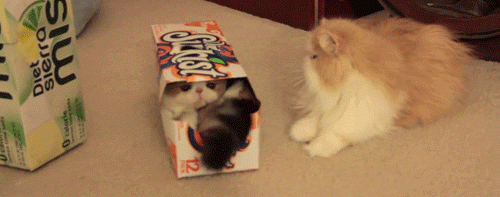
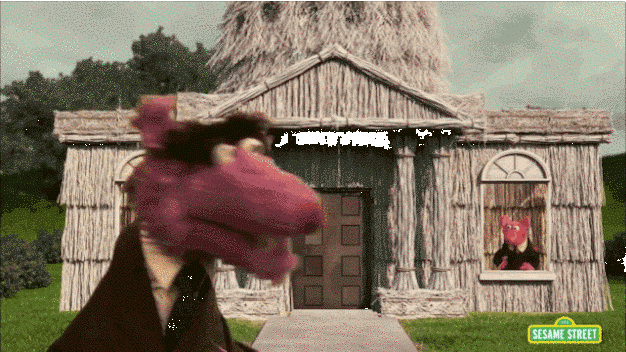

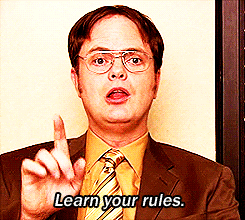






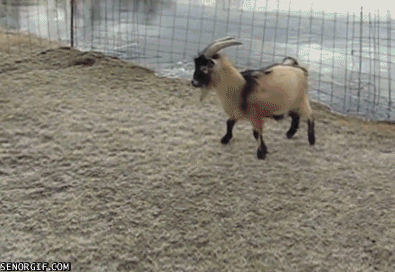
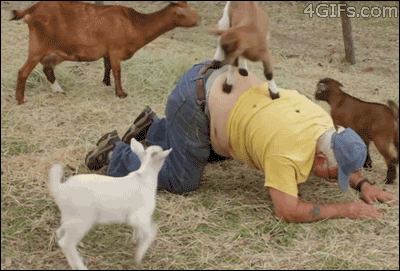
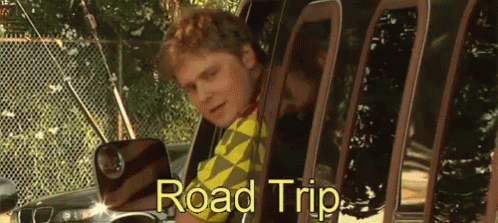

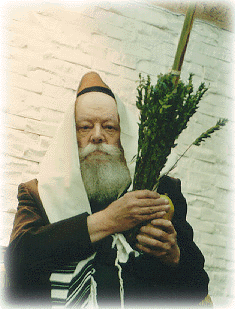
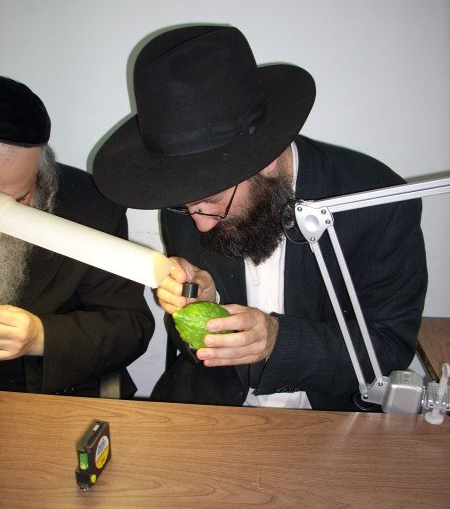

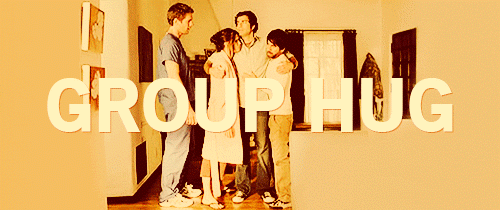
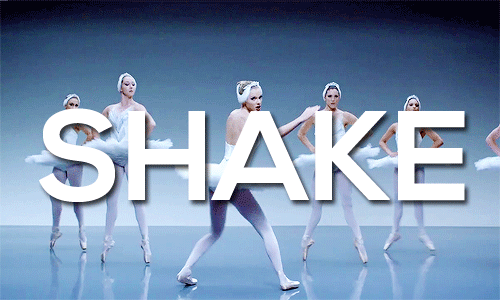


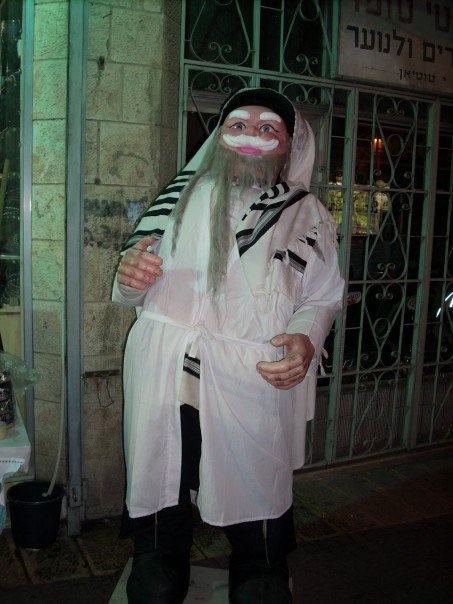


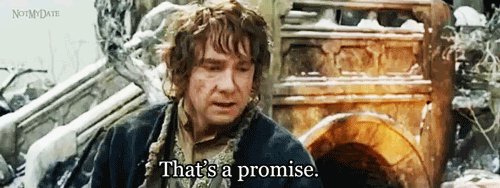
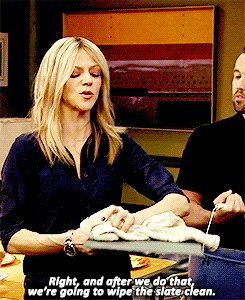

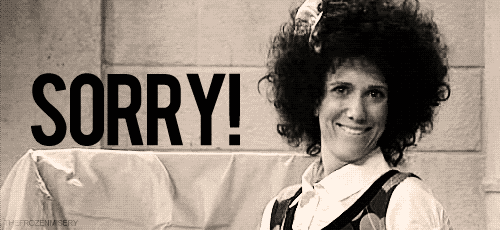

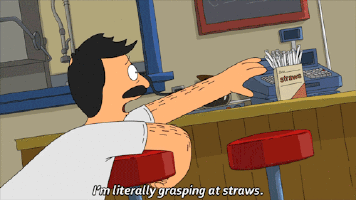
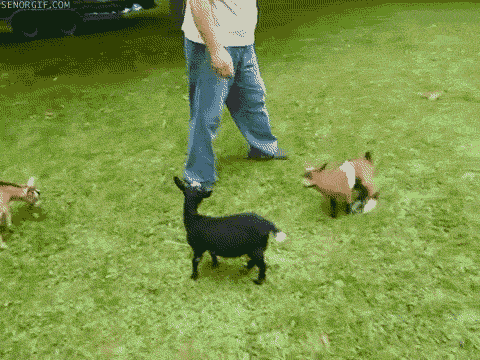
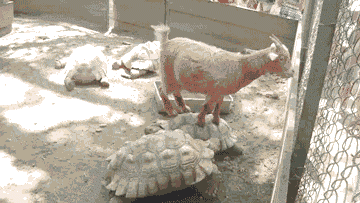
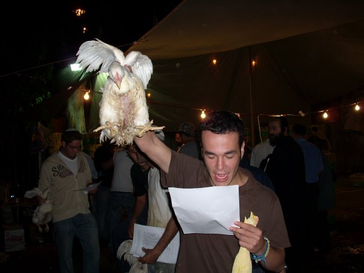







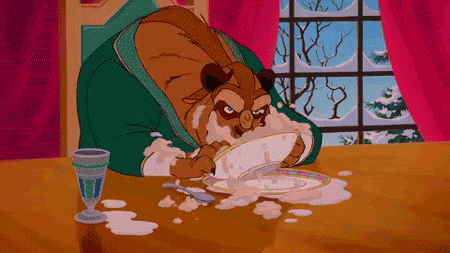
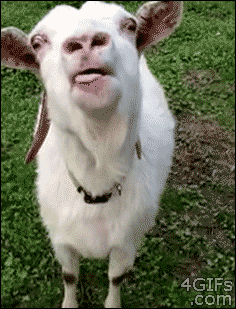
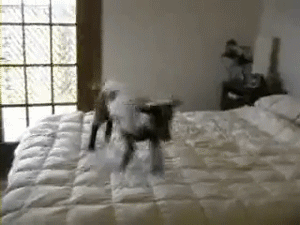
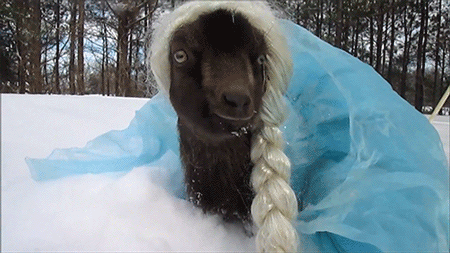








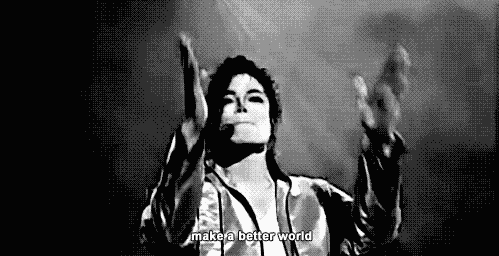


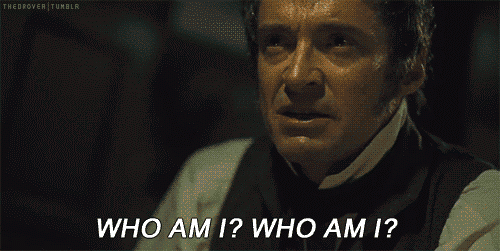





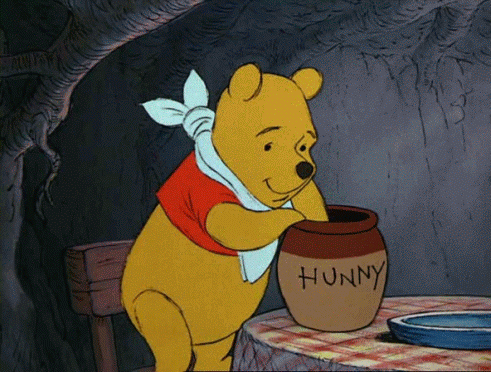
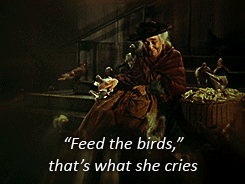
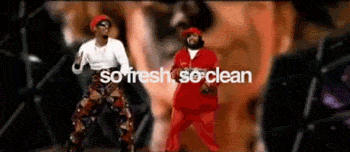
 RSS Feed
RSS Feed
